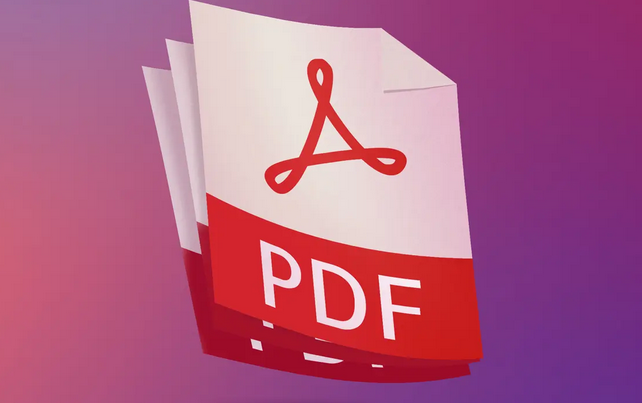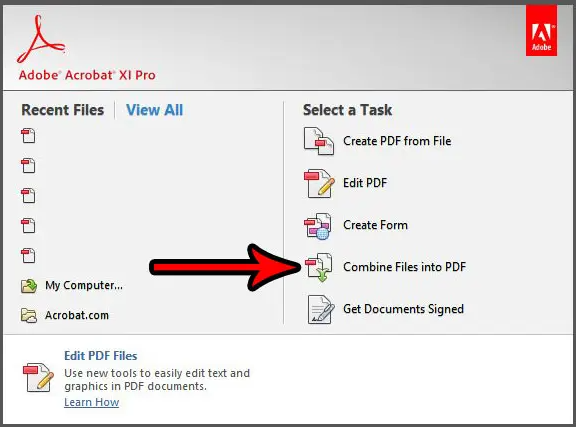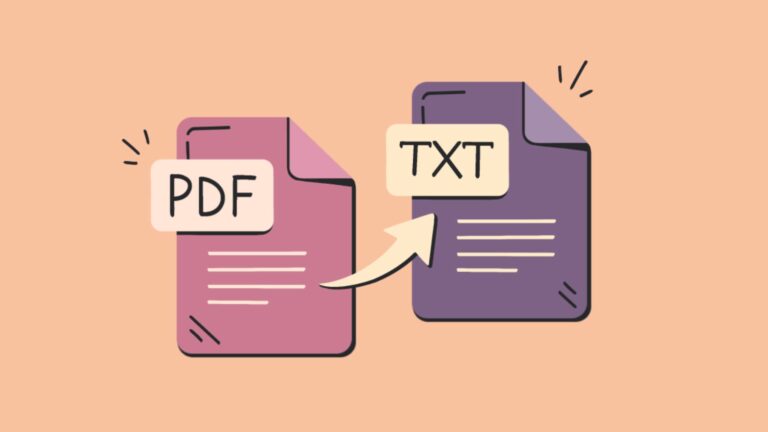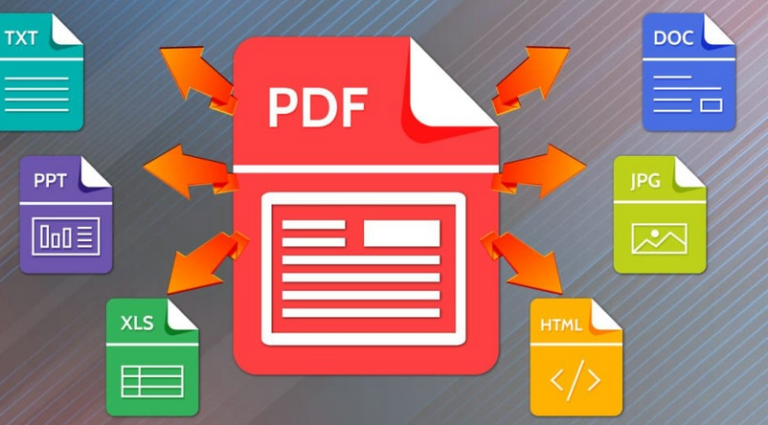The Versatile World of PDFs: A Digital Document Revolution
In today’s digital age, PDFs have become an integral part of our lives. From business reports to e-books, PDFs have revolutionized the way we create, share, and store documents. In this article, we will explore the versatile world of PDFs, examining their history, benefits, and the various applications that make them indispensable.
A Historical Perspective
To understand the significance of PDFs, it’s essential to delve into their origin. Created by Adobe Systems in the early 1990s, Portable Document Format (PDF) was conceived as a universal file format capable of preserving the visual integrity of documents across different platforms. Initially, PDFs were primarily used for printing, but their utility quickly expanded beyond the confines of traditional paper-based documents.
Effortless Compatibility
One of the standout features of PDFs is their compatibility with virtually any device or operating system. Unlike other file formats that may look different when opened on different platforms, PDFs maintain their original layout and formatting, ensuring a consistent viewing experience for users. This adaptability is especially crucial in today’s diverse digital landscape, where countless devices and software applications coexist.
Security and Encryption
Security is paramount in the digital world, and PDFs offer robust protection for sensitive information. PDF documents can be encrypted with passwords, preventing unauthorized access. Furthermore, digital signatures can be applied to validate the authenticity of the document and the identity of the sender. This level of security makes PDFs the preferred choice for confidential contracts, legal documents, and financial reports.
Efficiency in Sharing
Sharing information seamlessly is a hallmark of the digital age, and PDFs excel in this regard. Whether you’re sending an important report to a colleague or distributing a presentation to a global audience, PDFs ensure that your document appears exactly as intended. With PDFs, you don’t have to worry about formatting issues or compatibility errors, streamlining the sharing process.
Interactivity and Multimedia
PDFs have evolved beyond static documents. They now support interactive elements such as hyperlinks, buttons, and forms, making them ideal for creating engaging digital content. Educational materials, interactive brochures, and multimedia-rich presentations benefit from the dynamic capabilities of PDFs. Readers can navigate through sections with ease, click on links for additional information, and even fill out forms directly within the document.
Archival Permanence
Preserving the integrity of documents over time is essential for various industries, particularly in legal and medical fields. PDFs are designed for archival purposes, ensuring that documents remain accessible and unchanged for years, even decades. This archival permanence is invaluable for maintaining records, complying with regulations, and preserving historical documents.
Eco-Friendly Alternative
In today’s eco-conscious world, reducing paper consumption is a top priority. PDFs contribute significantly to this effort by eliminating the need for physical printouts. Businesses and individuals alike can reduce their environmental footprint by opting for digital documents. Moreover, the ability to annotate and edit PDFs digitally minimizes the need for wasteful paper corrections.
Global Accessibility
PDFs are a universally recognized format, transcending language barriers and geographical boundaries. This global accessibility has made PDFs the preferred choice for international businesses, academics, and governments. Whether you’re sharing research findings with colleagues in Japan or sending business proposals to clients in Brazil, PDFs ensure that your message is delivered clearly and comprehensively.
Evolving Technology
The world of PDFs continues to evolve, thanks to advances in technology. Modern PDF software offers features such as OCR (Optical Character Recognition), which allows for the conversion of scanned documents into searchable and editable text. Additionally, cloud-based PDF services enable collaborative editing and real-time document sharing, enhancing productivity and convenience.
Practical Applications
Now that we’ve explored the many advantages of PDFs, let’s delve into some practical applications:
- Business Reports: PDFs are the go-to format for sharing financial reports, business plans, and marketing materials. Their consistency in appearance and security features make them indispensable for corporate communication.
- E-books: The e-publishing industry relies heavily on PDFs to deliver digital books to readers. With PDFs, authors and publishers can maintain the layout and design of their books, ensuring a superior reading experience.
- Legal Documents: Lawyers and legal professionals use PDFs extensively for contracts, court filings, and case documents. The security features of PDFs are crucial in maintaining the integrity of legal records.
- Educational Materials: Schools, colleges, and universities use PDFs for distributing course materials, syllabi, and lecture notes. The interactivity of PDFs enhances the learning experience for students.
- Government Forms: Government agencies worldwide employ PDFs for various forms, applications, and official documents. This ensures standardization and ease of processing.
Conclusion
PDFs have undoubtedly revolutionized the way we create, share, and store digital documents. Their historical significance, compatibility, security features, and diverse applications make them a cornerstone of the digital age. As technology continues to advance, we can only expect PDFs to become even more versatile and indispensable in our daily lives.





